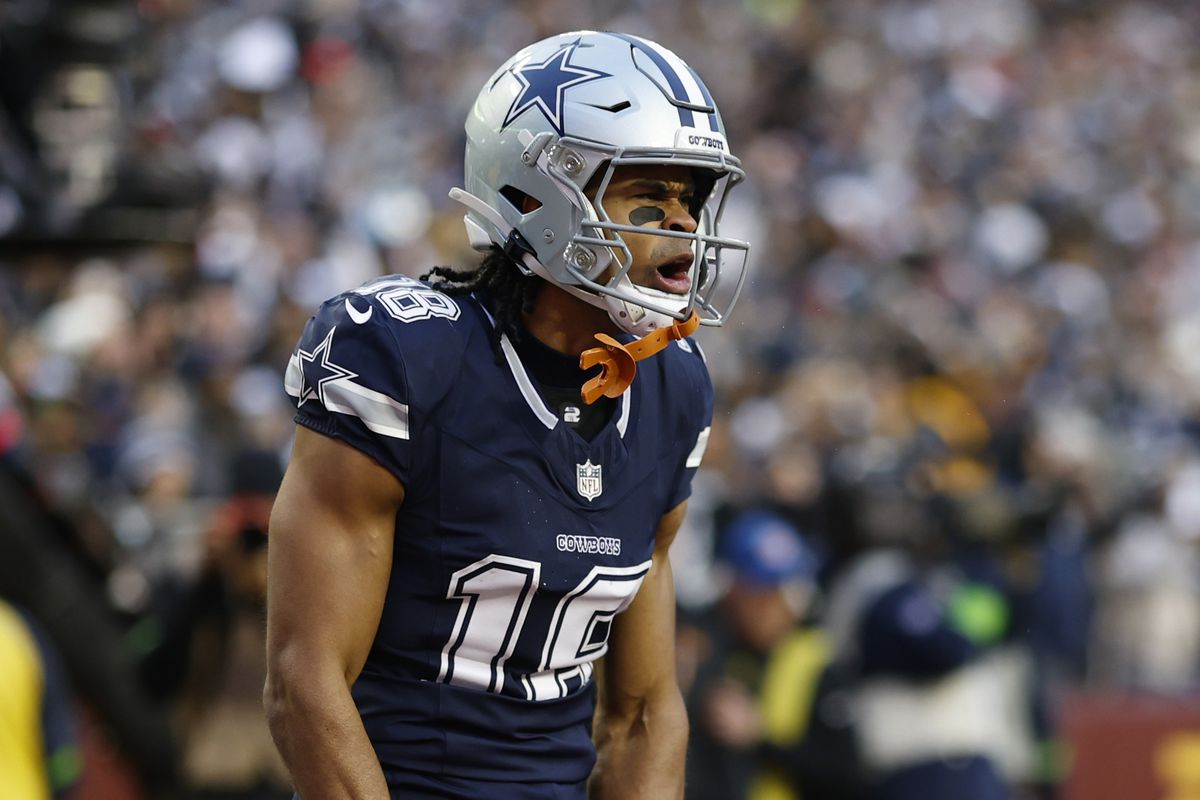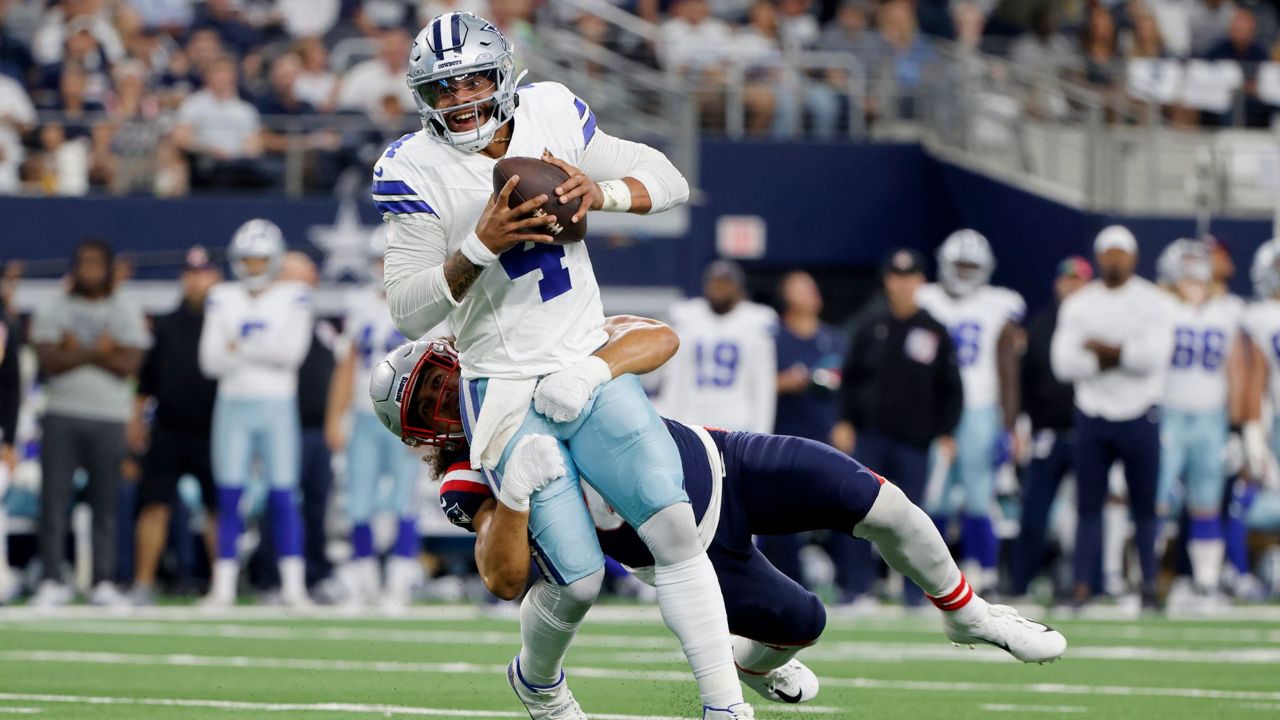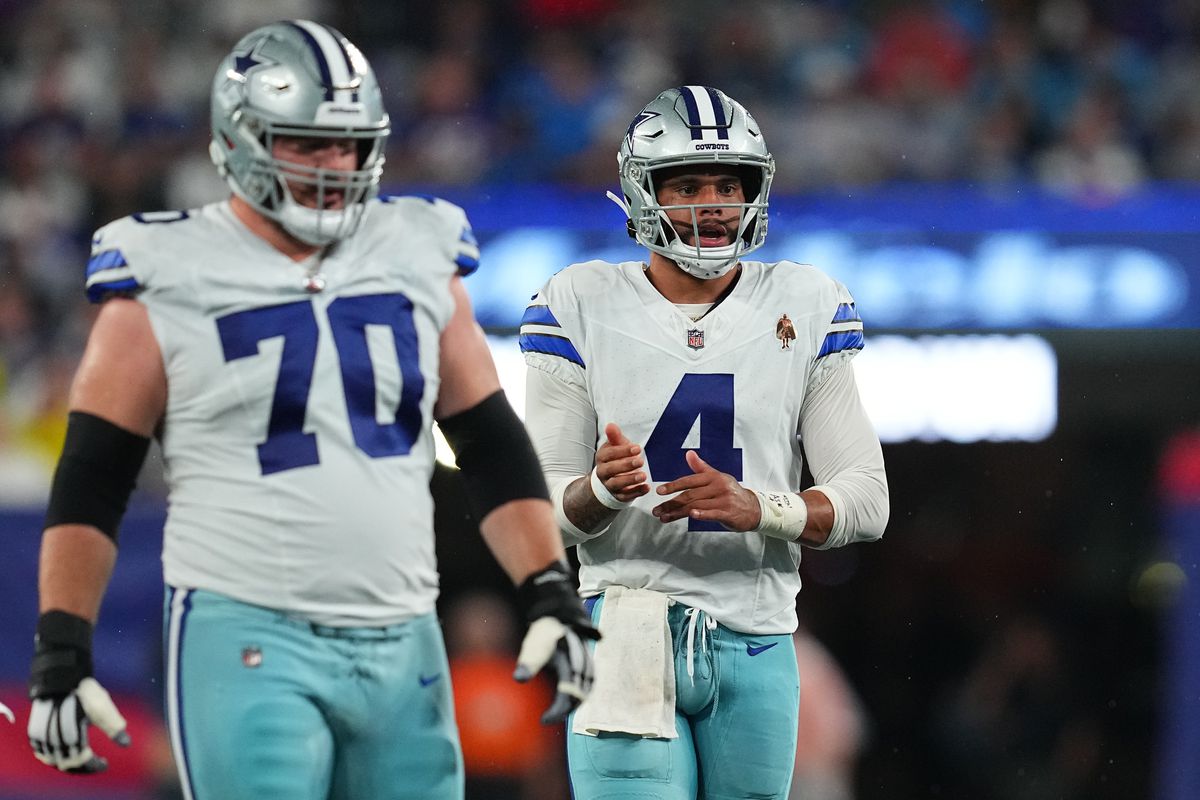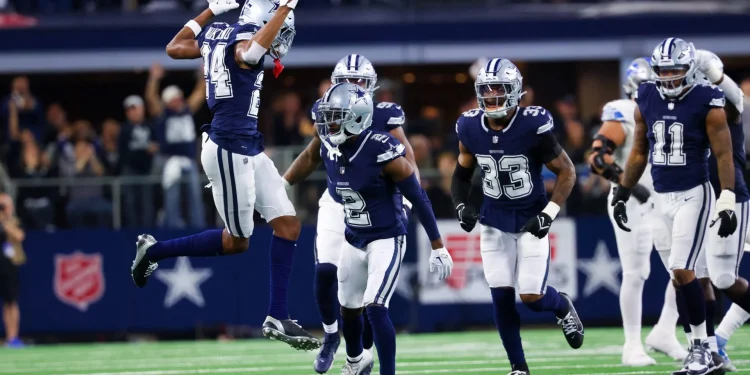In the grand theater of the NFL, the Dallas Cowboys’ approach to the offseason has been akin to a silent film in an era of blockbusters. Despite the departure of key players such as Dorance Armstrong, Tyler Biadasz, Tony Pollard, and others, the Cowboys’ front office, led by the ever-visible Jerry Jones, has opted for a minimalist strategy, re-signing a modest cadre of their free agents and making a lone external addition in linebacker Eric Kendricks. This restrained activity, or lack thereof, has sparked a mixture of bewilderment and frustration among fans and commentators alike.

A Quiet Offseason in Dallas Cowboys
According to Bobby Belt of 105.3 The Fan, the Cowboys have spent a mere $11.13 million this offseason, a figure that not only ranks as the lowest in the league but also falls significantly short of the expenditure by the second-lowest team. This frugality raises questions about the team’s commitment to leveraging its brand and fanbase toward pursuing championship success. The Cowboys, a team with a storied history and a broad, passionate following, seem to be in a holding pattern, much to the chagrin of their supporters.
brandon aubrey has been the best kicker that the Dallas Cowboys has had since Dan Bailey pic.twitter.com/Mk5rHlD0Mq
— ✭ NICK ✭ (@NICKC8811) March 31, 2024
The Dak Prescott and CeeDee Lamb Conundrum
The contractual situations of quarterback Dak Prescott and wide receiver CeeDee Lamb loom large over the Cowboys’ offseason decisions. Critics argue that with some financial maneuvering, particularly regarding these two key players, the Dallas Cowboys could have unlocked substantial cap space to be more aggressive in addressing their roster needs. The front office’s reluctance or inability to finalize these deals has left the team in a precarious position, overly reliant on a select few stars and vulnerable to the vagaries of injury and form.
Jerry Jones: Visionary or Vaudevillian?
Jerry Jones, the Dallas Cowboys’ owner and general manager, is no stranger to the spotlight, often making headlines for his declarations about the team’s aspirations. However, his actions this offseason have not aligned with his bold proclamations of going “all-in.” This dissonance between words and deeds feeds into a narrative of unfulfilled promises and missed opportunities, casting Jones as more of a showman than a shrewd architect of a championship-caliber team.

The Implications for 2024
The ramifications of the Dallas Cowboys’ offseason approach extend beyond the immediate roster concerns. With the team seemingly poised to let Prescott play out the final year of his contract, Dallas risks entering the 2024 season with uncertainty at both the quarterback position and the head coaching spot. Such a scenario could derail the Cowboys’ aspirations for competitiveness in a fiercely contested NFC.
Furthermore, the reliance on the draft as a means of team building, while economical, places immense pressure on scouting and development processes. It suggests a strategy that is reactive rather than proactive, potentially sidelining the Cowboys in the race for the NFC crown.

Conclusion
As the NFL prepares for another season of high-octane football, the Dallas Cowboys‘ approach to team building remains a topic of intense debate. The decisions made—or not made—this offseason will reverberate throughout the 2024 campaign and beyond. Fans, analysts, and even players will be watching closely to see if this strategy of cautious optimism pays dividends or if it merely cements the team’s status as a perennial underachiever in the modern NFL era. Only time will tell if Jerry Jones’ vision for the Dallas Cowboys will lead to success or if it will be remembered as a masterclass in missed opportunities.

Source: Yard Barker









